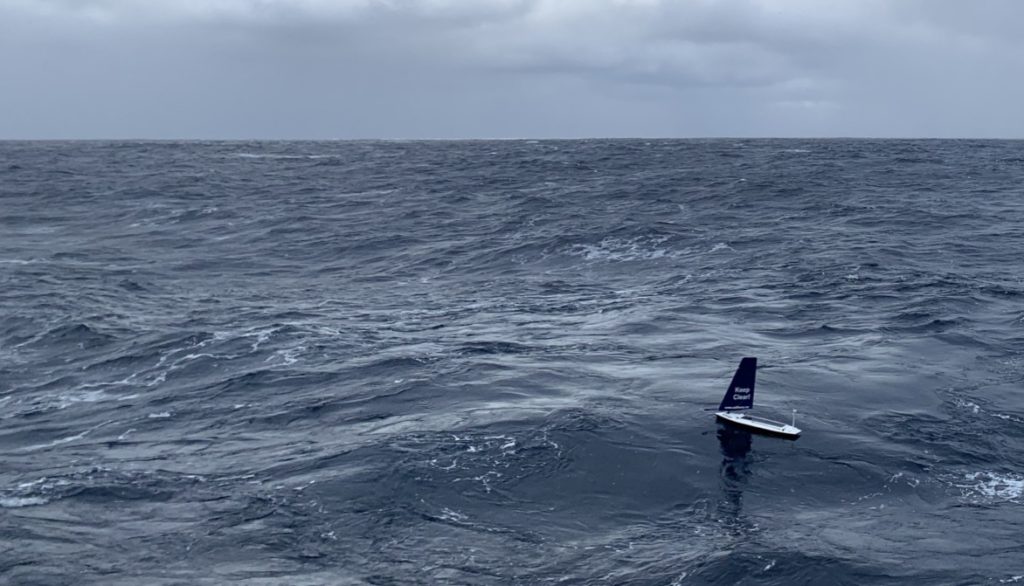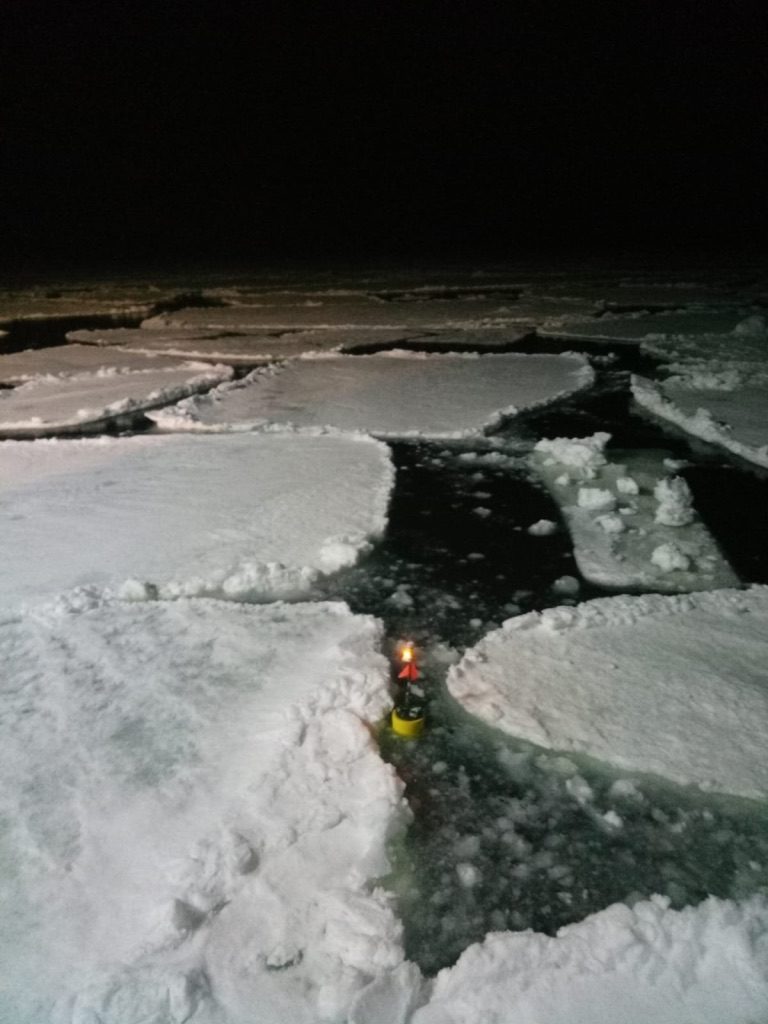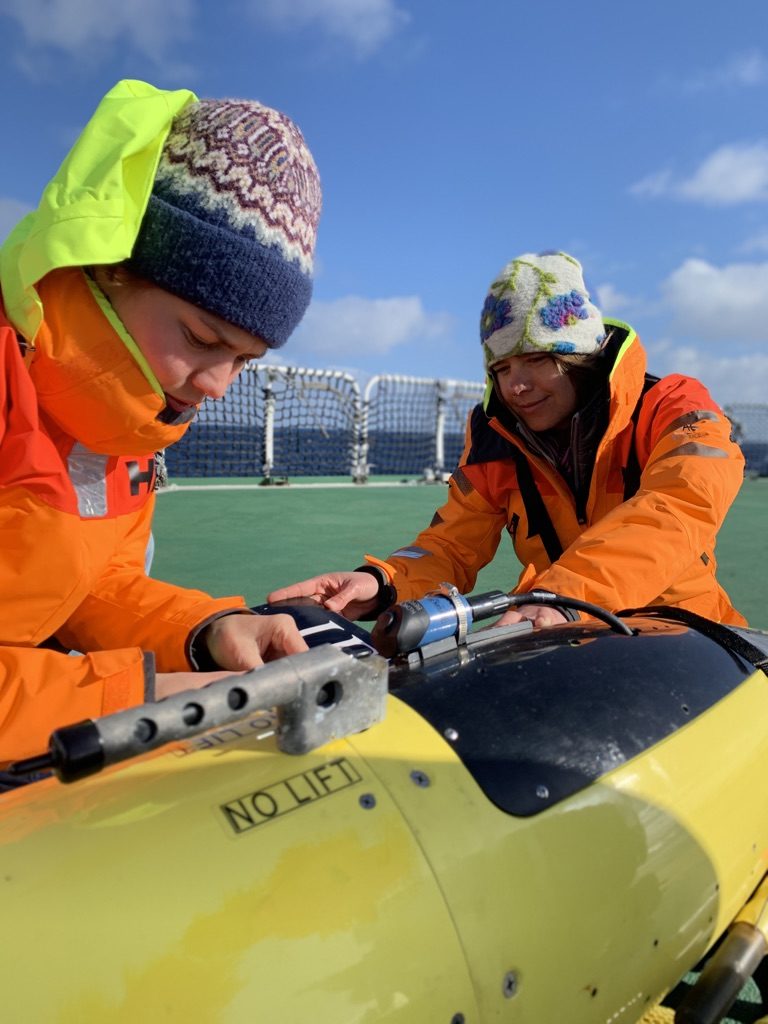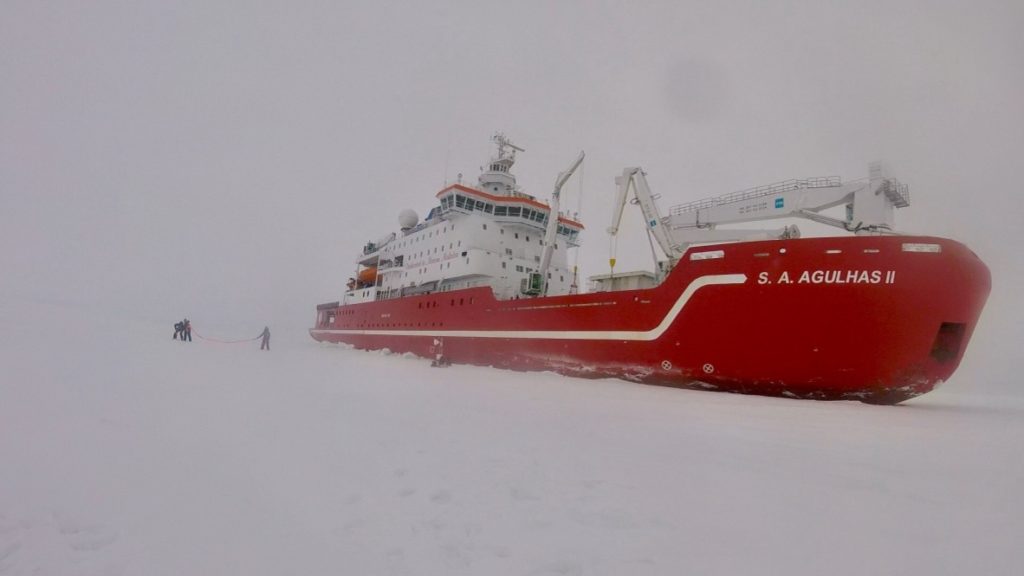ROAM-MIZ successfully deploys a fleet of autonomous technology to observe small-scale processes in the Antarctic sea ice
Louise Biddle summarizes the Austral winter-spring season for this robotics heavy project:
The ROAM-MIZ (Robotic Observations And Modelling in the Marginal Ice Zone) project aims to capture high resolution observations of how the upper ocean near and under sea ice responds to sea ice growth or melt. The team, led by SCOOT’s director Sebastiaan Swart at the University of Gothenburg, deployed multiple platforms in, and at the edge of, the marginal ice zone in austral winter and spring 2019. Using the South African icebreaker, the SA Agulhas II, as a deployment platform, three profiling ocean gliders (Seagliders), a surface glider (Offshore Sensing Sailbuoy), multiple wave-recording surface floats (SWIFT buoys) and two ice-moored buoys were deployed between 56-60°S. Between the 10 platforms, over 370 days of data were collected from this remote and under-sampled region of the Southern Ocean, with the longest continuous time-series of over 130 days.
The challenges that the deployment team and platforms faced included rapid freezing up of sensors in temperatures that dropped to minus 20°C (before wind chill), rough seas and rapid movement of sea ice floes. With support from collaborators around the world including CSIR (South Africa), CalTech (USA) and University of East Anglia (UK), this project has demonstrated that autonomous instrumentation holds the capability to explore and monitor some of the most inaccessible oceans on Earth. Data is now being processed by the team based at the University of Gothenburg, with the “live data” viewable on roammiz.com and the first paper recently published in Geophysical Research Letters. Projects update can be followed on @PolarGliders .
Project website: www.roammiz.com
Paper: Swart, S., du Plessis, M. D., Thompson, A. F., Biddle, L. C., Giddy, I., Linders, T., et al. ( 2020). Submesoscale fronts in the Antarctic marginal ice zone and their response to wind forcing. Geophysical Research Letters, 47, e2019GL086649. https://doi.org/10.1029/2019GL086649
Twitter: @PolarGliders

Seaglider deployment from SA Agulhas II 
Sailbouy in the Southern Ocean 
Sea ice work in the Southern Ocean, with SA Agulhas II 
SWIFT buoy in the Southern Ocean 
Work with Seaglider on deck of SA Agulhas II, master student Hanna Rosenthal and PhD student Isabelle Giddy. 
SA Agulhas II in the ice in the Southern Ocean

